Nombre:
Puerto de Mormugao
Otro:
Localización:
View Larger Map
Tipo: Puertos
Categoría:
Foto:
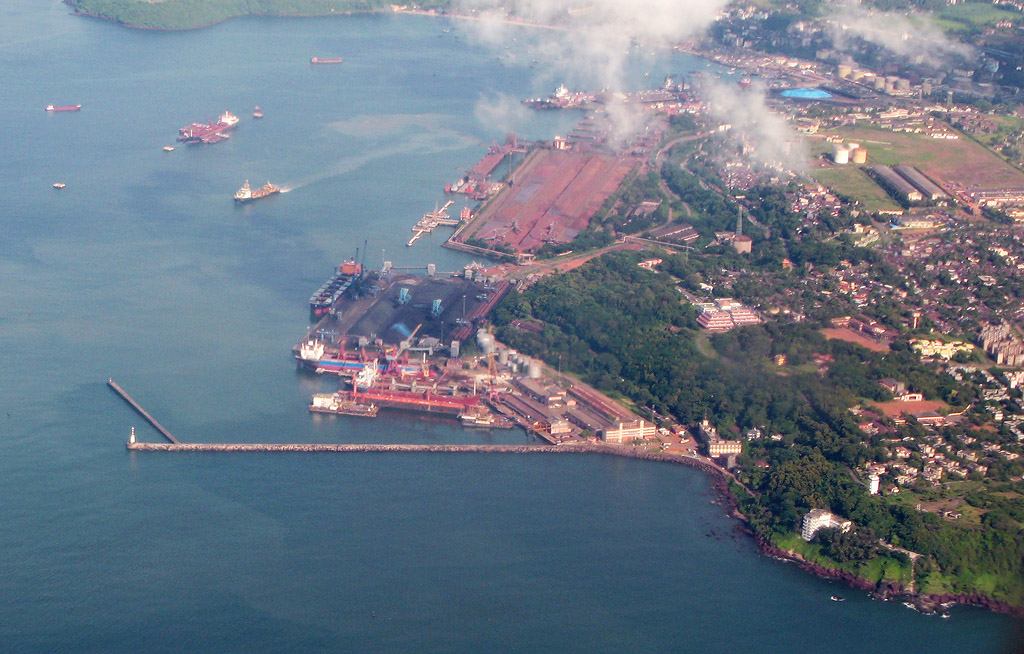
Voto:
Continente: Asia
País: India
Localización: Mormugao, Goa del Sur
Año: 1888
Estado: Terminado
Descripción:El Puerto de Mormugao
Publicado el enero 28, 2014 por grandes puertos
El Puerto de Mormugao esta situado en la región de Goa, región de la India Occidental, cuya capital es Panaji, aunque en realidad la ciudad con mayor flujo comercial es Vasco de Gama. La lengua oficial de Goa es el Konkani y el Marathi, aunque aun hay cierta población que habla portugués.
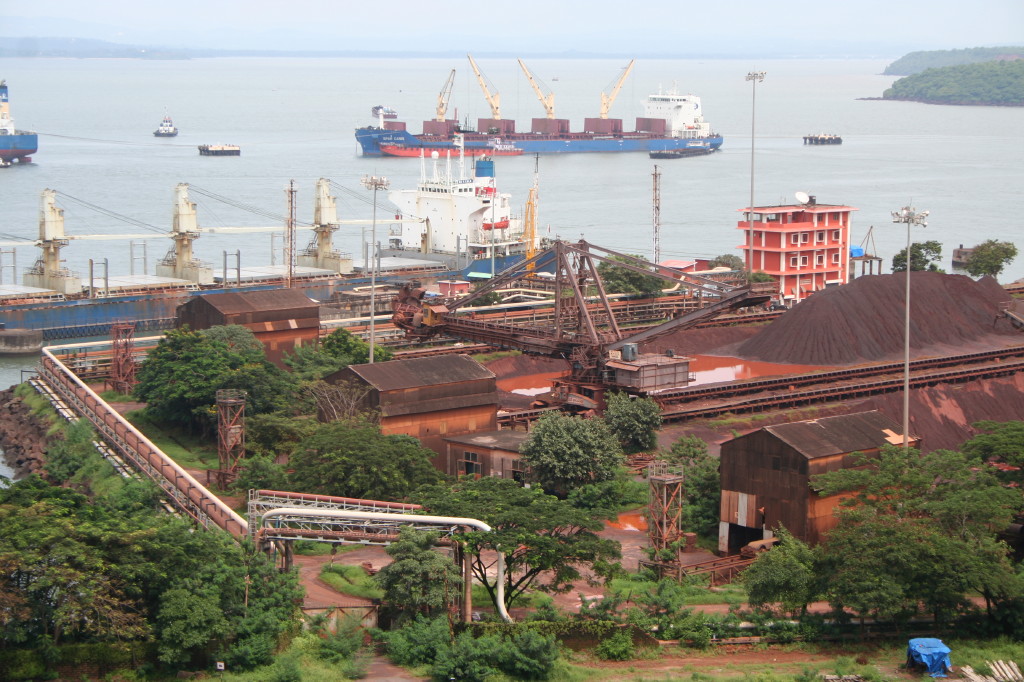
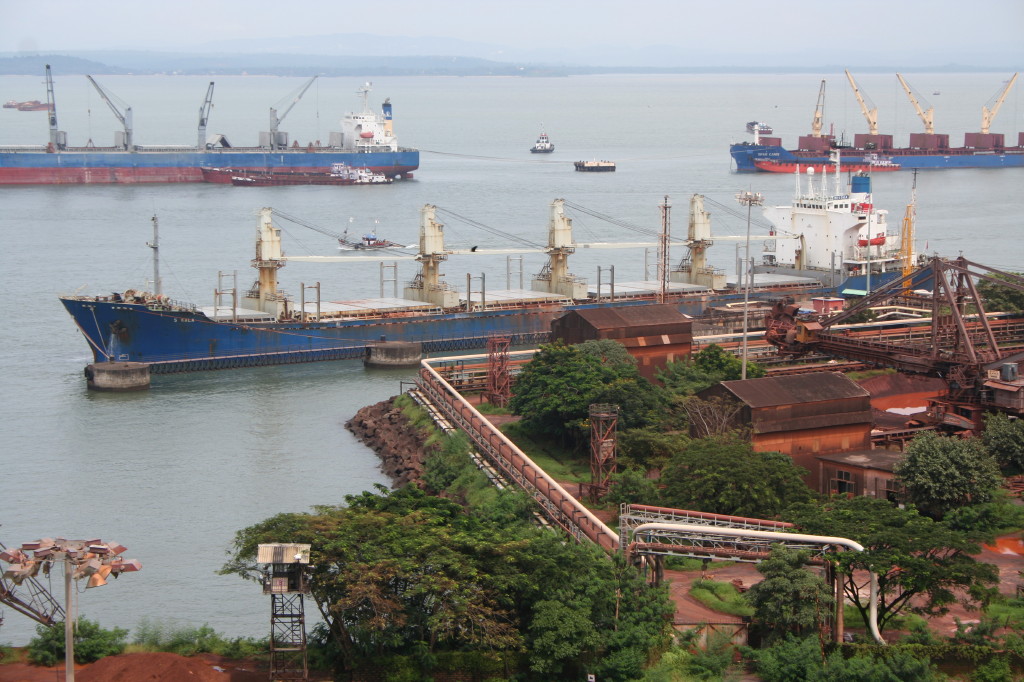
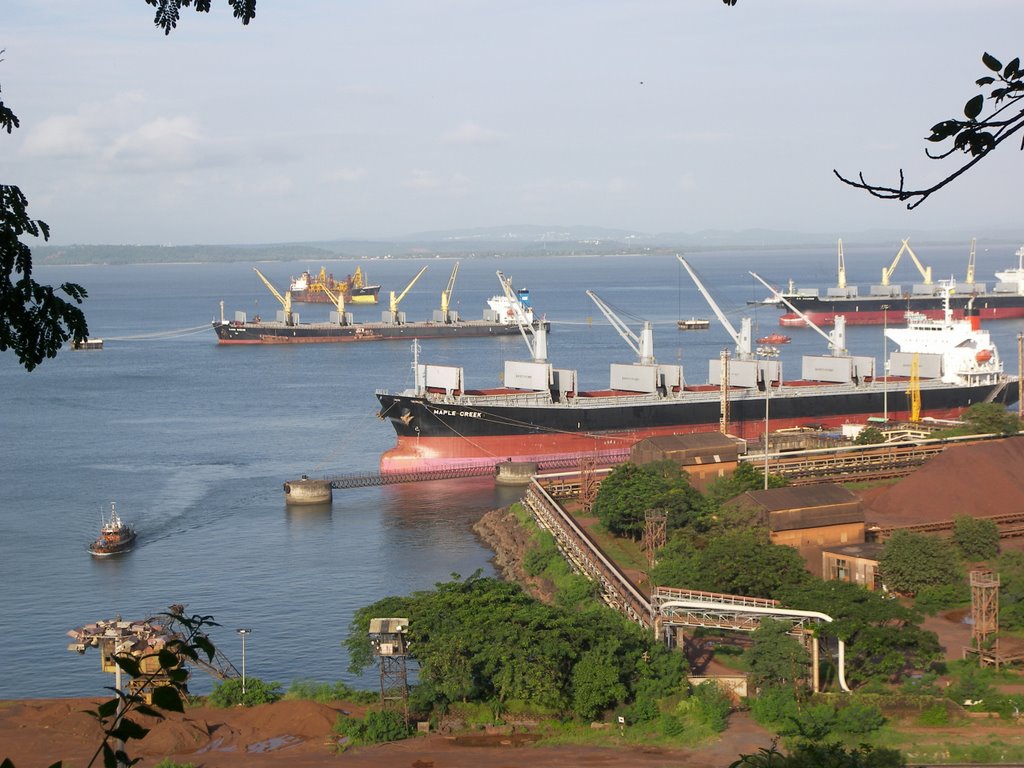
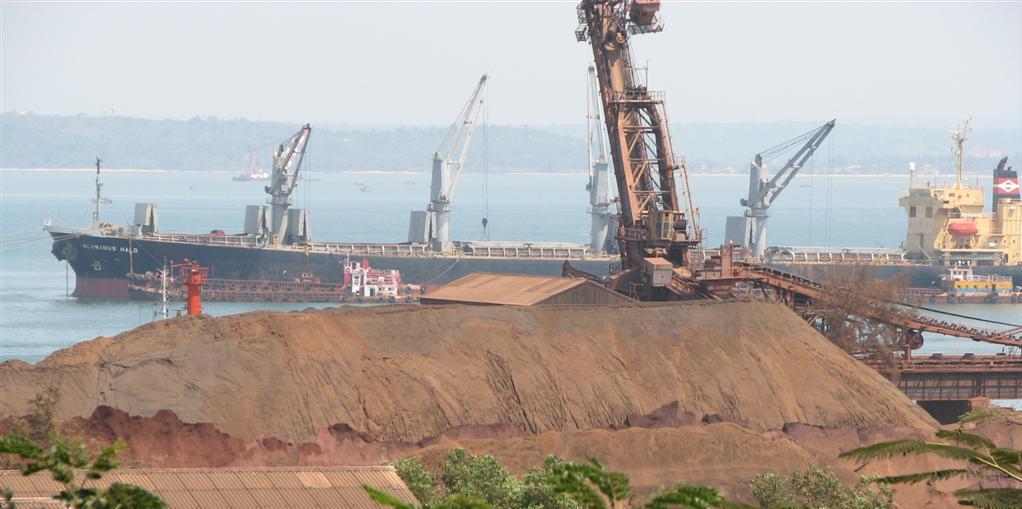
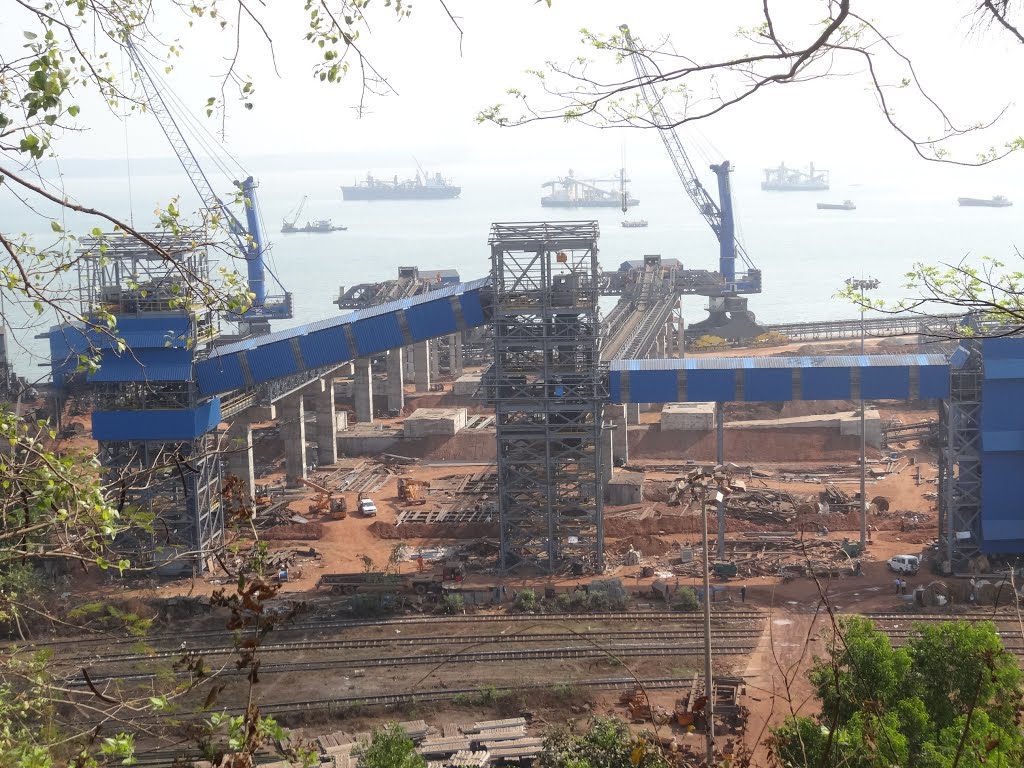
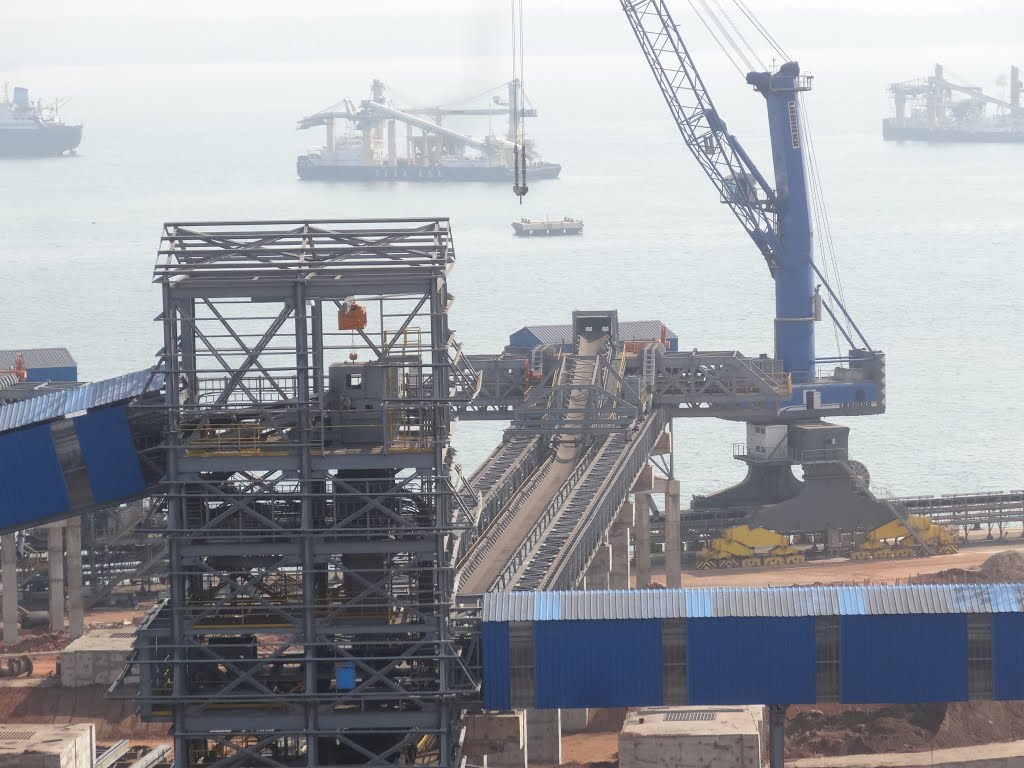
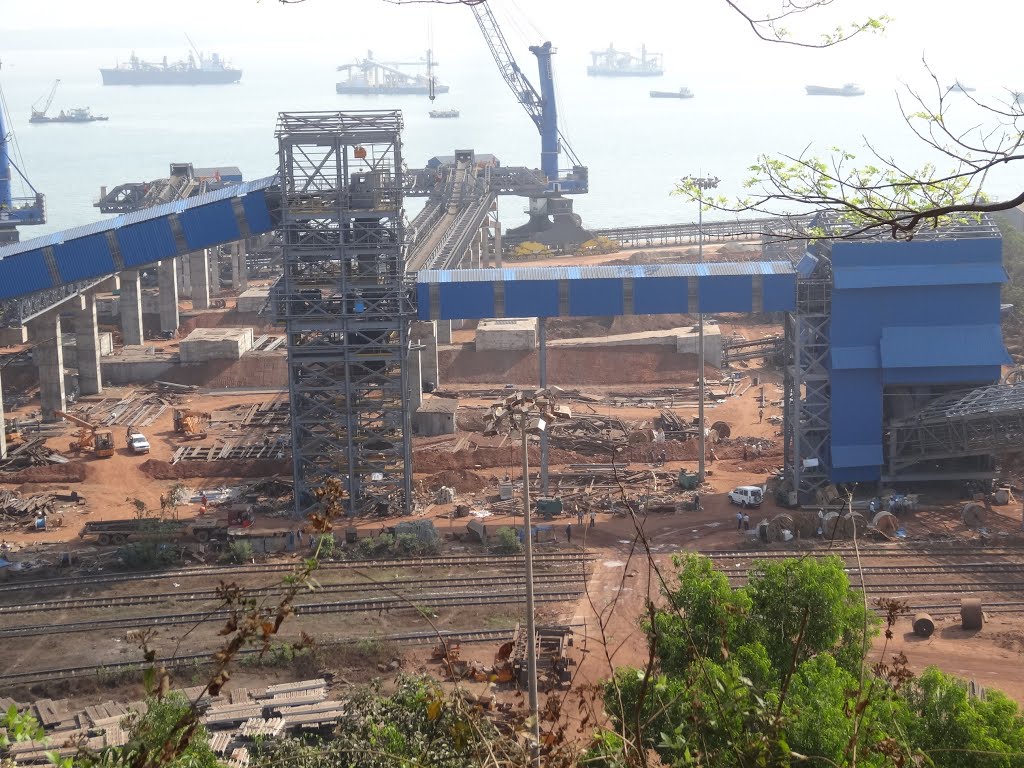
Goa fue una antigua colonia portuguesa, a la que llego Vasco de Gama, después de llegar por primera vez a la India, concretamente a Kerala en 1498. Cuando los portugueses llegaron a Goa, derrotaron a los gobernantes del lugar y se establecieron aquí, en esos momentos el Goa era conocida como (“Velha Goa”).
También los portugueses llevaron el cristianismo a sus territorios, en este caso a Goa , lo que provocó, que los hinduistas que aquí vivían, tuvieran que trasladarse a otros estados.
Mormugao, es el mayor puerto comercial y marítimo de Goa, y unos de los mejores puertos naturales de la India. Mormugao se encuentra en la desembocadura del Río Zuari, y es un lugar fundamental para el auge de la industria de Goa, lugar al que llegaron los portugueses, bajo las ordenes del explorador Vasco de Gama.
Tras el Tratado de Lisboa de 1878, entre británicos y portugueses, Mormugao obtuvo reconocimiento de puerto, aunque no sera el años 1963, cuando sea considerado como gran puerto comercial.
Aunque realmente esta zona de Mormugao es muy reciente, no sólo por este reconocimiento de 1963, si no por que el momento de impulso para la creación de este puerto fue en 1917, debido a la urbanización de la zona de Vasco Mormugao, estableciendo esta zona del puerto, como nuevo centro administrativo.
En su origen, la zona costera en la que se encuentra el actual puerto de Mormugao era cabo y poseía una fortaleza construida en 1624, posteriormente esta residencia se convirtió en la residencia oficial del virrey portugués, Caetano de Melo e Castro, quien constituyo Mormugao como la capital de Goa en el siglo XVII. Pero esta consideración de capital fue desestimada por los portugueses, quedando la fortaleza de Mormugao como base Militar.
El impulso del Puerto, tuvo lugar al crearse nuevas redes de comunicación, como es el caso la nueva estación de tren, que impulso el comercio en la zona y la posterior creación del aeropuerto de Dabolim, a las afueras de la ciudad de Vasco, lugar en el que también se encuentran restos de la edad de Piedra.
Además de estas redes de comunicación también posee una comunicación por barco que une Mumbai con Goa, aunque esta no es muy bien considerada por el mal estado de sus barcos.
Mormugao surgió de la unión de una parte del territorio de Salcete y la ciudad de Naveed Vasco Da Gama.
Goa, a pesar de la Independencia de la India en 1947, siguió formando parte del Estado Portugués, hasta 1961, año en el que, los ingleses tomaron por la fuerza la ciudad, y la incorporaron a sus posesiones. Este hecho fue posteriormente condenado por la ONU, pero no por la Unión Soviética, de modo que Portugal tuvo que admitir esta perdida colonial, en 1974.
http://grandespuertos.wordpress.com/2014/01/28/el-puerto-de-mormugao/
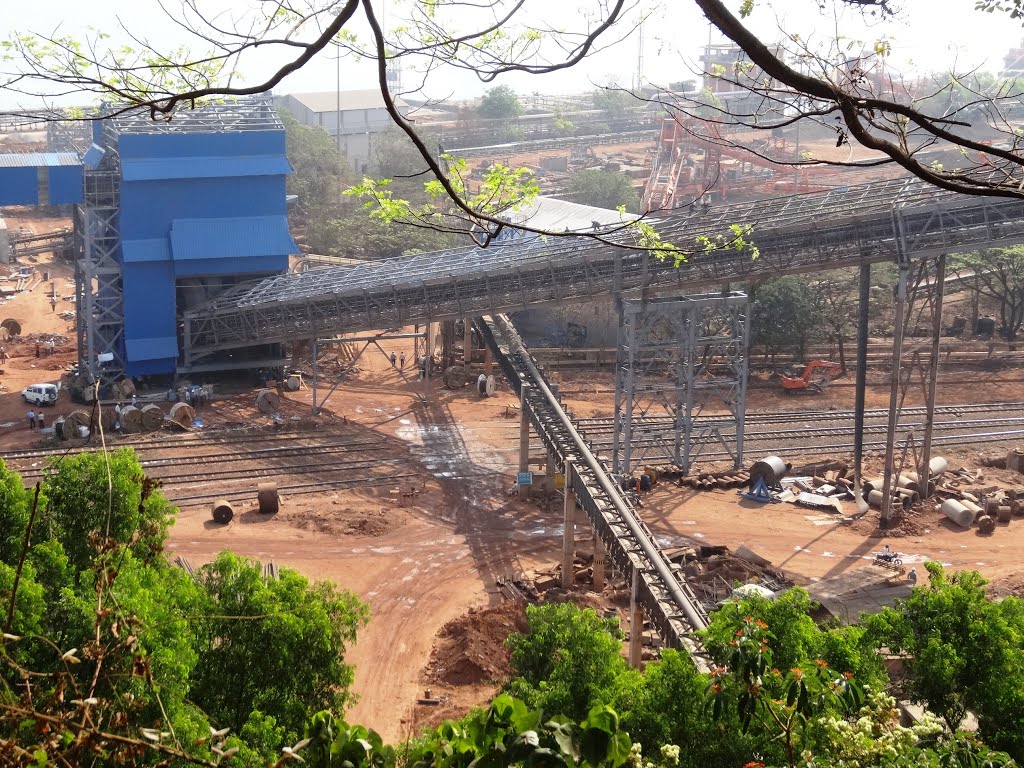
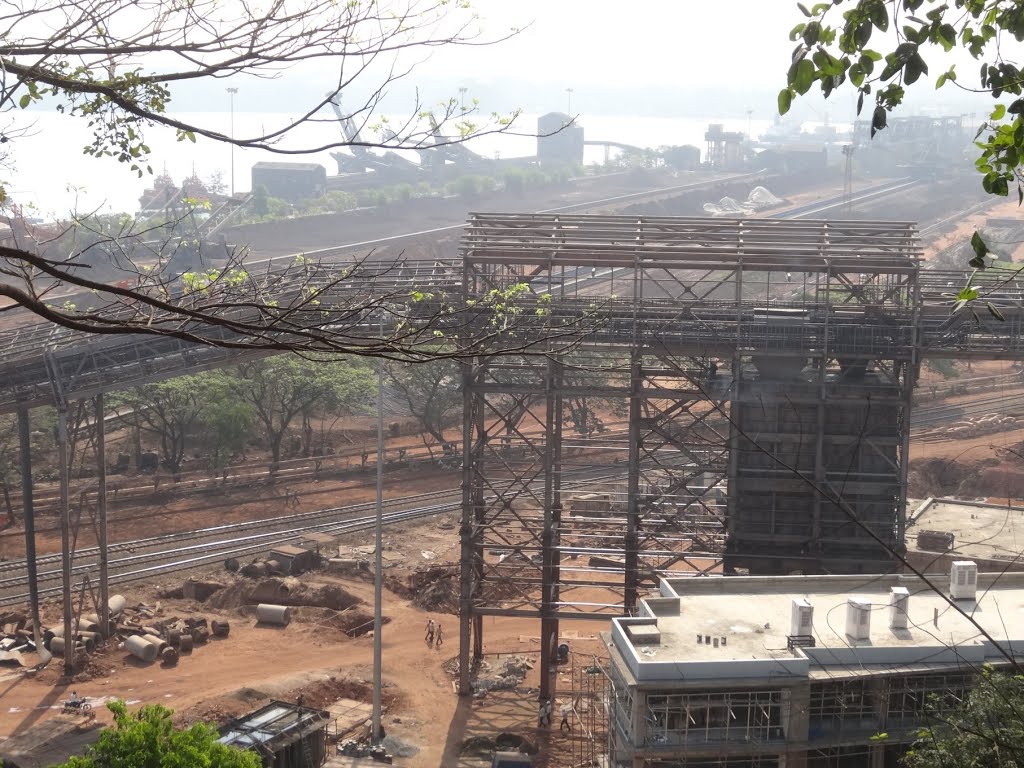
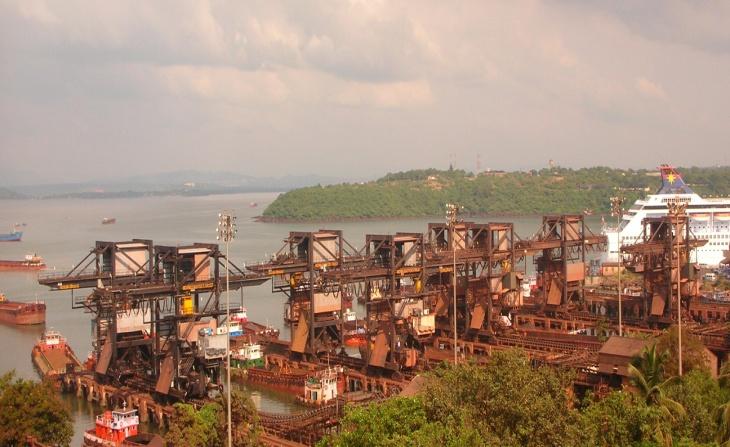
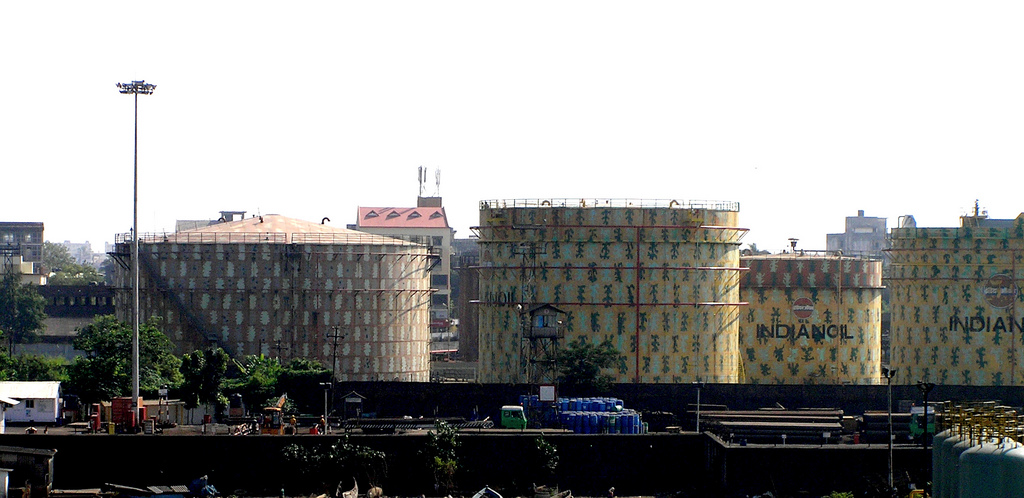
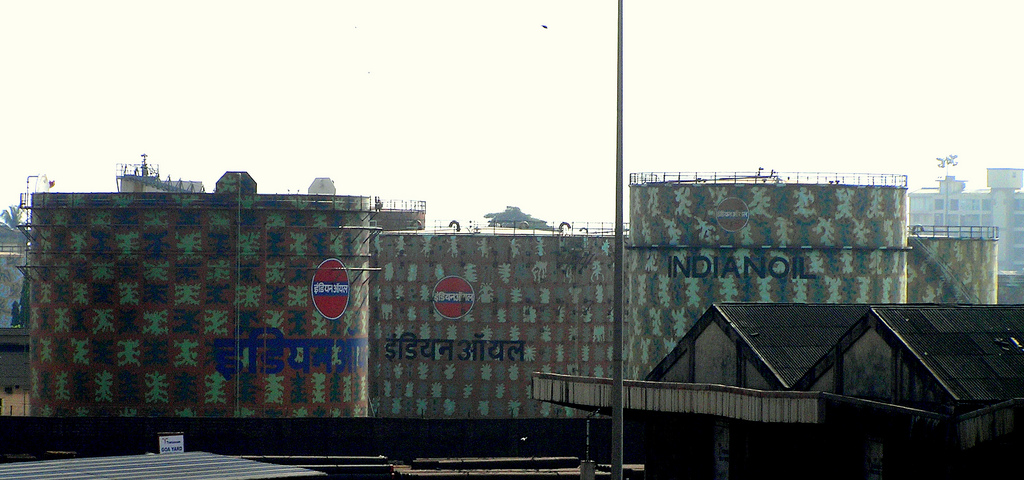

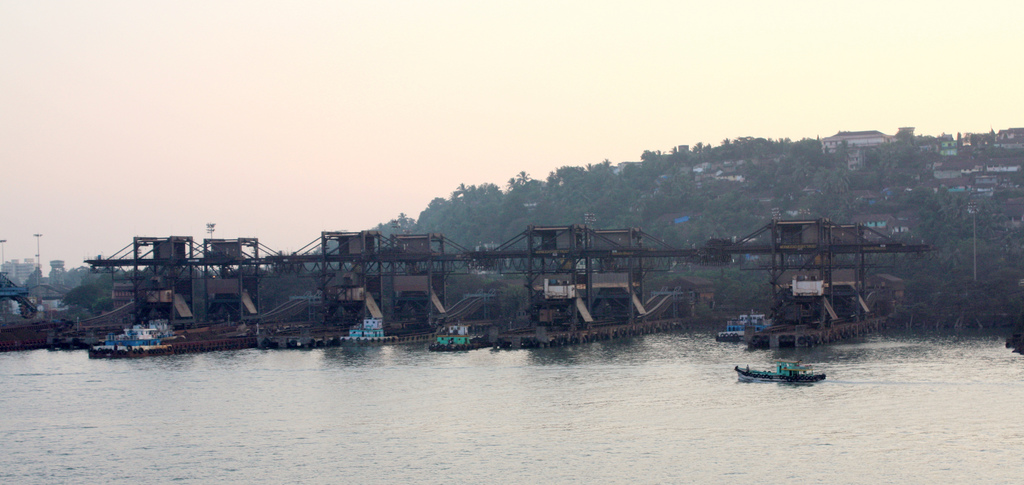
At the time of its commissioning in 1888, the Mormugao Port comprised of 3 berths along with a breakwater having a length of 358 meters. As the years rolled by, the infrastructure slowly kept growing. By 1922, Berths 4 and 5 were built and the breakwater was extended to its present length of 522.40 meters. A mole of 270 meters was added.
With the emergence of mining as a major industry in Goa, a Master Plan was evolved by the Portuguese for the development of Mormugao Port as an iron ore terminal, envisaging "dedicated berth fitted with Mechanical Ore Loading Plants, provided and financed by various iron ore exporters." In accordance with this, in 1959 M/s Chowgule & Co. Pvt. Ltd., was permitted to set up Asia's very first Mechanical Ore Handling Plant at Berth No.6, with a capacity of 1000 tph. Berth 7 was constructed as an adjunct to it. The Liberation of Goa on December 19, 1961 marked the end of an epoch in Goan history.
Mormugao Port, went through a fair amount of change as the emphasis shifted to development of infrastructure. A couple of years after liberation, the port was delinked from the Railway management. The main railway section from Vasco da Gama to the border of Goa was transferred to the Southern Railways. The Port however, operated its own railway system between Vasco da Gama interchange point and the harbour area.
From 1948 onwards the iron ore traffic gained importance. The Japanese were rebuilding their nation and Goan iron ore was fated to play a key role in the Japanese industrial renaissance. Japan preferred Goan Iron ore for its expanding steel industry on account of price consideration and other logistics. The Port of Mormugao was now poised for a dramatic growth. It would no more be a sleepy port importing table wines from Portugal and exporting oil cakes from Hubli.
Others avenues had earlier been opened by enterprising foreigners. Josephine Hougaz was one such an ethnic Syrian holding a US passport. She introduced Goan cashew nuts to American chocolate makers. Wall Street had crashed. The year was 1929,for almonds and walnuts, until then the preferred fillings for
American chocolate and pastry makers, had reached levels that were beyond most of their consumers. But cashew nuts, though subject to considerable sea freight additional for importers, were in comparison cheap but nutritious and tasty American confectioners took to Goan cashew nuts in the year of the wall street crash.
The exploitation of iron ore mines in Goa on a commercial scale since 1947, brought about revolutionary changes in the pattern of Mormugao Port traffic. The level of traffic at the port rose to over 2.78 lakhs tonnes in the year 1953. In the years that followed, the traffic grew by leaps and bounds reaching the mark of 6.4 lakh to 14.8 million tonnes in 1973-74. Today, the iron exported through Mormugao constitutes 39 per cent of the total iron ore exports from India, and the port occupies a prestigious position amongst the Major Ports of the country.
The growth of traffic accentuated the inadequacy of the available port facilities but it offered new opportunities to daring entrepreneurs. In 1959, Chowgule & Co. Pvt. Ltd., obtained a concession from the Portuguese government and set up a Mechanical Ore Handling Plant with a handling capacity of 10,000 tonnes per day. The growth of trafficaccentuated the inadequacy of the available port facilities but it offered new opportunities to daring entrepreneurs. In 1959, Chowgule & Co. Pvt. Ltd., obtained a concession from the Portuguese government and set up a Mechanical Ore Handling Plant with a handling capacity of 10,000 tonnes per day. It was, it is claimed, the first of its kind in Asia.
The declaration of Mormugao as a Major Port in 1964 was a milestone in the annals of its history as it joined the ranks of the country's ten major Ports. The Port administration could now embark upon a sustained development programme as its newly formed Board of Trustees was empowered to take major decisions financial or otherwise.
With the rise of Brazil and Australia in recent times as aggressive ore exporters, the mineral ore industry today was seeing a sea of changes in iron ore market.
In 1965 therefore, a Perspective Plan was drawn up by a reputed firm of consulting engineers, seeking to develop Mormugao Port systematically for providing deep waters and high capacity loading, particularly in relation to iron ore exports, which needed to be competitive in the international arena by reducing the transportation cost.
As a first step in that direction, a 20-year perspective plan for the port development was prepared in February 1965, by the consulting engineering firm of Randal, Palmer & Tritton. Thereafter, in February 1968, HOWE ( India) Pvt. Ltd. were appointed to prepare the design study for the establishment of a modern mechanical ore handling facility for the port within the framework of the perspective plan. As a follow-up on the report by HOWE (India) Pvt. Ltd. a mechanized ore handling facility for receiving, stockpiling, reclaiming, weighing, sampling, and ship-loading of 12 million tones of iron ore annually was installed and commissioned in 1979. The rated loading capacity of the ore handling system was of the order of 8,000 tones per hour. The dredging of the channel and berths was carried out to permit the loading of 60,000 dwt. ore carriers initially. Barge unloaders and rail wagon tippers were provided for quicker and more efficient handling of incoming ore.
Major developments of the Port were taken up only after it became a Major Port. A number of developmental projects were implemented under the various Five Year Plans of the Government of India. Consequently, a dedicated mineral oil berth, berth No. 8 was constructed in 1976. Later on as the general cargo traffic was gradually picking up in the Port, a number of schemes were implemented with a view to augment the general cargo handling facilities at the Port. Two multi-purpose general cargo berths, berth No.10 and No. 11 having draft of 11.00 mts and 12.50 mts were constructed and commissioned in 1985 and 1994 respectively. Meanwhile the Mechanical Ore Handling Plant installed in 1959 at Berth No. 6 was de-commissioned in 1992 due to obsolesce. The age old berths 1 to 3 were leased out to a private company, Western India Shipyard Ltd, for installing a modern ship repair facility, which was commissioned in 1995. In 1997, the metre guage railway of the Port linking to the south Central Railway was converted to broad guage. By this, the Mormugao Port is now accessible for any part of the country through the broad guage railway system.
http://www.mptgoa.com/history1.htm
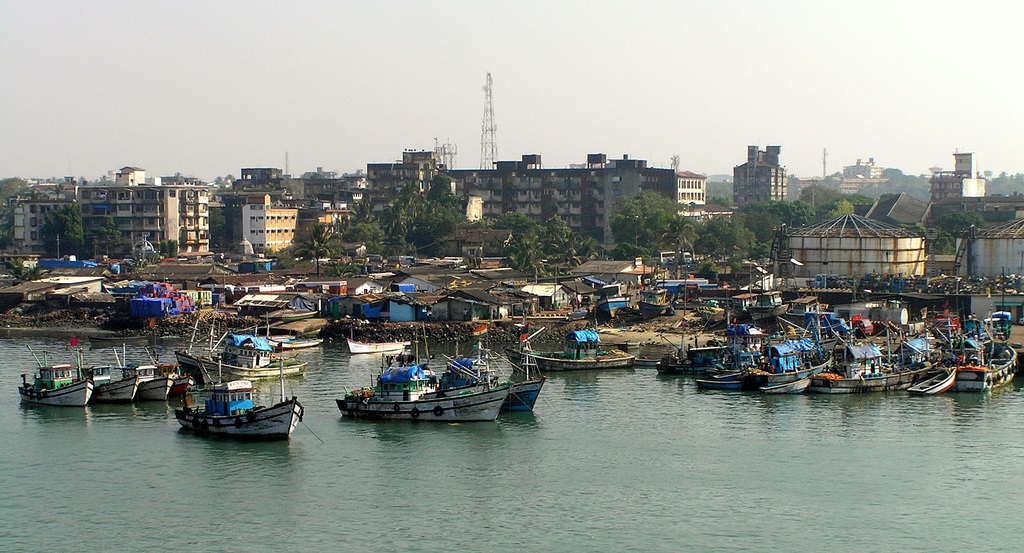

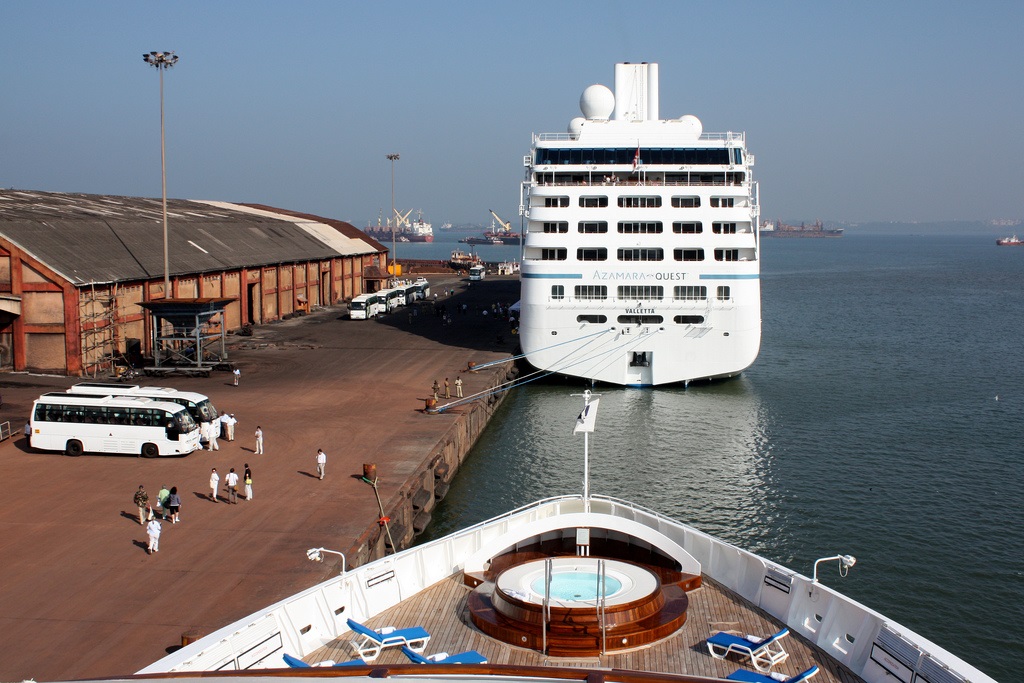
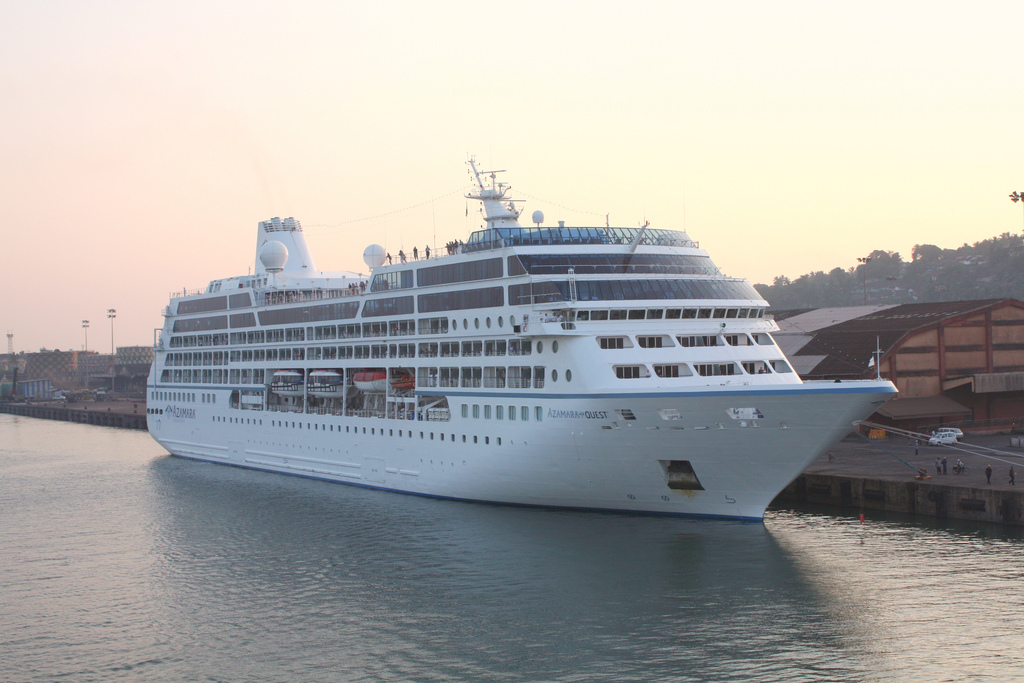
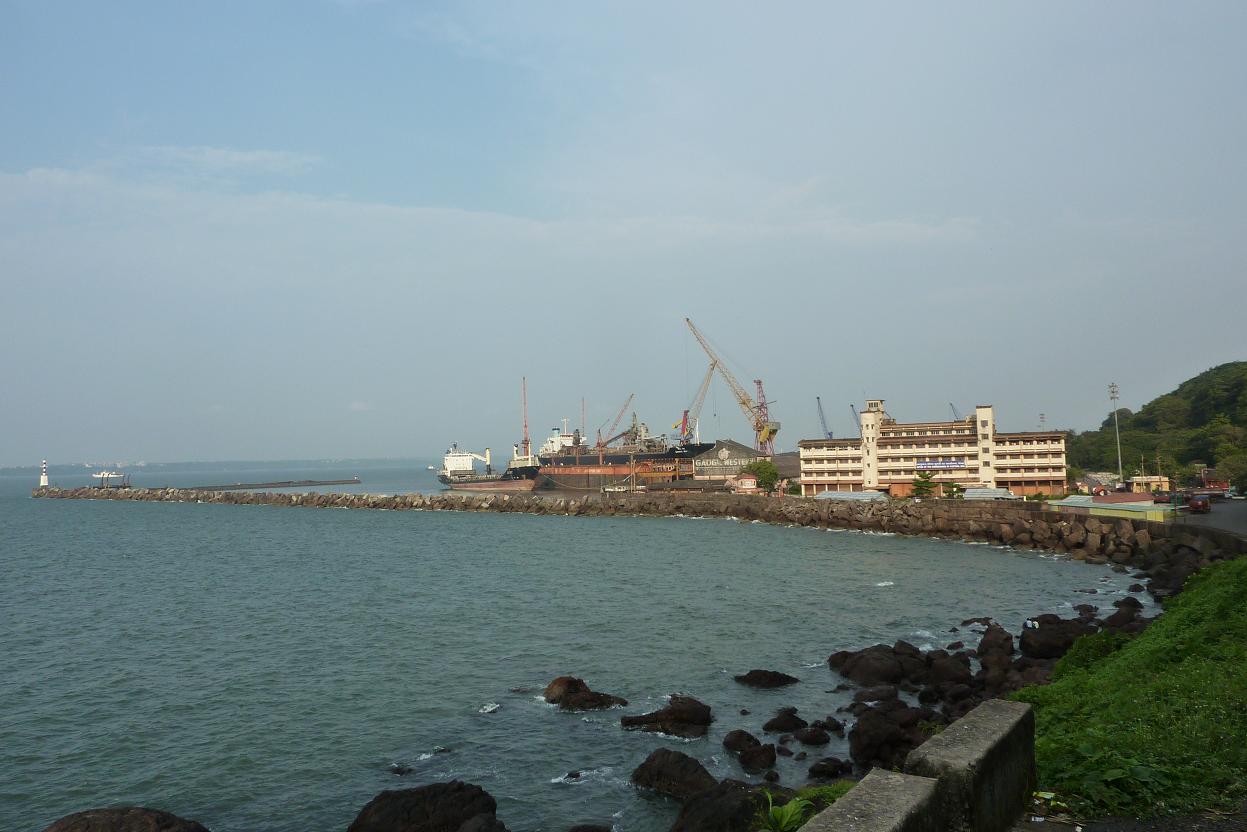

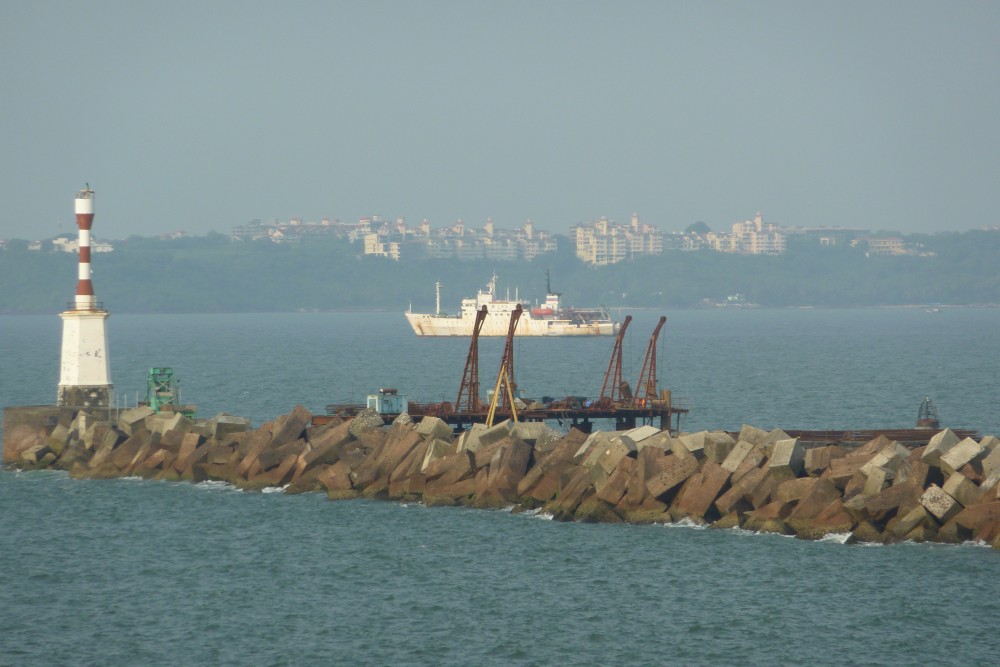
Mormugão is a sub-district and a municipal council in South Goa district in the Indian state of Goa. It is Goa’s main port. It was featured in the 1980 film The Sea Wolves and the Bollywood film Bhootnath.
***
Mormugão Port
Ever since it was accorded the status of a Major Port in 1963, the Mormugão port has contributed immensely to growth of maritime trade in India. It is the leading iron ore exporting port of India with an annual throughput of around 27.33 million tonnes of iron ore traffic.[3]
http://en.wikipedia.org/wiki/Mormugao
https://www.flickr.com/photos/_arindam/sets/72157594324917963
http://www.panoramio.com/photo/14649667
http://www.panoramio.com/photo/91369918
http://goaabc.wordpress.com/category/goa/mormugao-taluka-goa/
https://www.flickr.com/photos/c-j-b/sets/72157613045116220

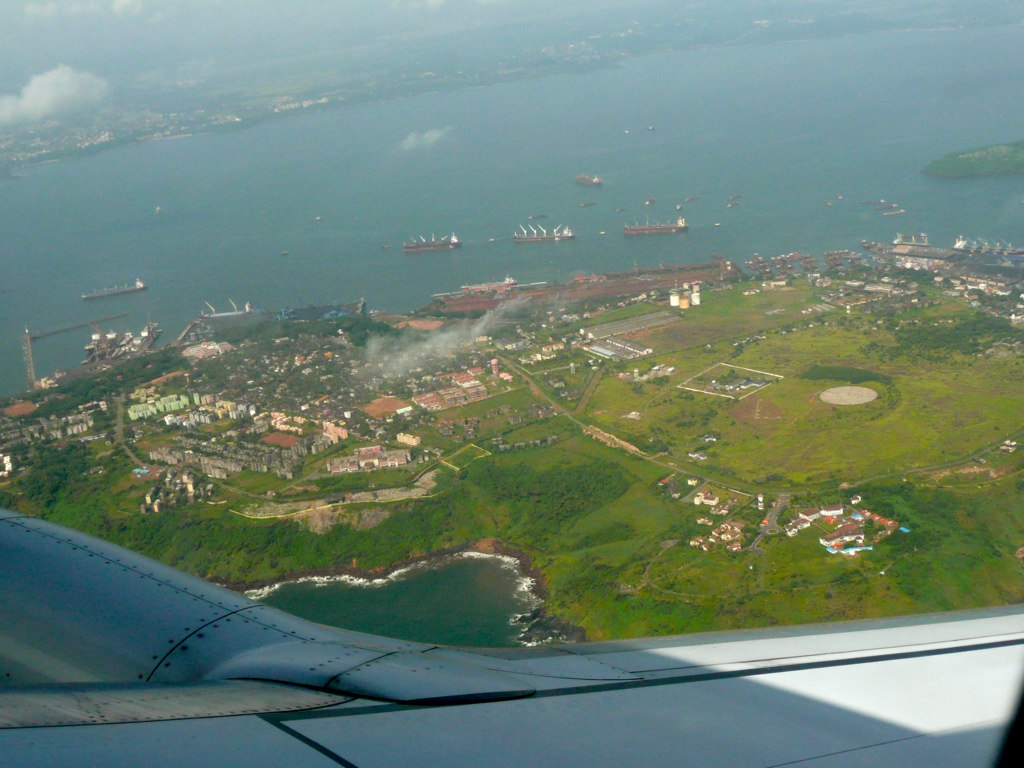
Vídeo:
Web recomendada: http://www.mptgoa.com/
Contador: 5252
Inserción: 2014-10-23 14:46:45
Lugares a visitar en un radio de 100 km (en línea recta)
Mapa de los lugares a 100 km (en línea recta)
Mostrando Registros desde el 1 hasta el 0 de un total de 0
Visitas |
Más visitados Basílica de San Marcos 150611 Catedral de Notre Dame (París) 139482 Torre de Pisa 129058 Monte Saint-Michel 98314 Presa de las Tres Gargantas 75443 |
Incorporaciones |
Comentarios granylator Central hidroeléctrica de Sarátov Производим оборудование для гранулирования корма. Arq. Jaime Fuentes Flores Torres Obispado EXTRAORDINARIO . FELICIDADES . Un Cordial saludo Directivos y Personal de ... hazola Cúpula de la Roca gracias me... gera Buenos Aires las mejores fotos de la mejor ciudad del... Daniel M. - BRASIL San Francisco ... |
 Tweet
Tweet


